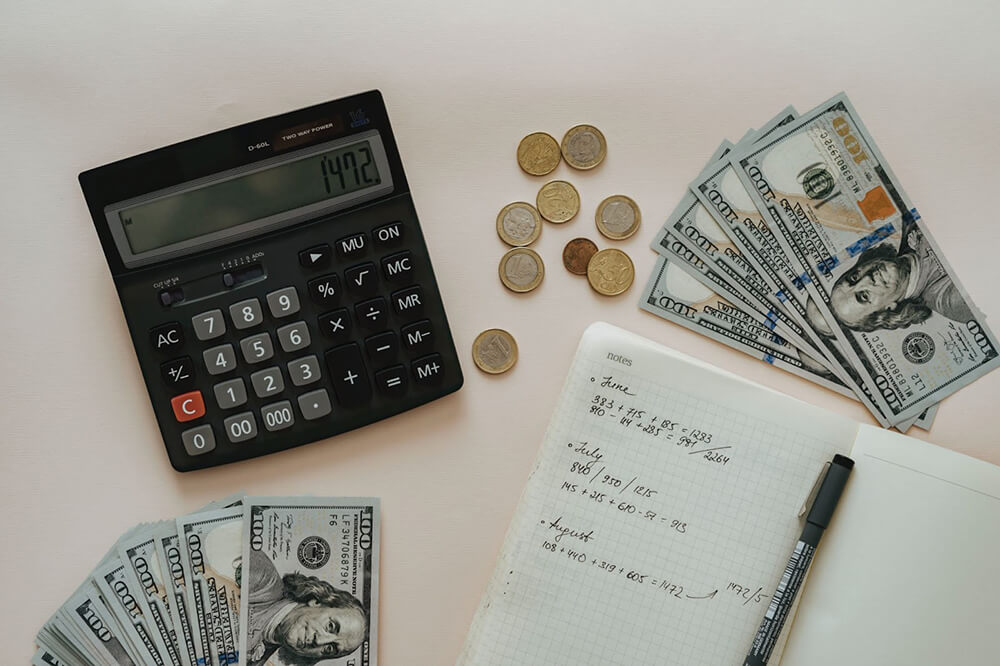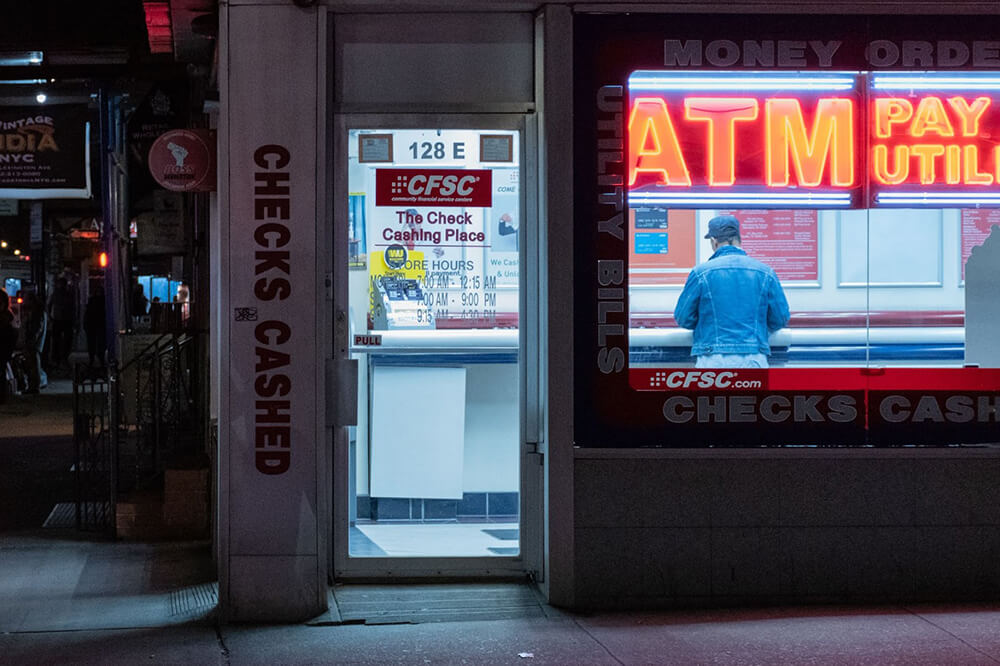
Here’s How to Save $1000 in a Month
There are situations in which we need a significant amount of extra money as quickly as possible. We may need to face an unexpected cost that is not covered by our insurance, buy a high-ticket item, or help a close relative deal with a severe issue.
Unless you already have sufficient cash in your emergency fund or savings account, the quickest way to obtain this sum is to borrow it. However, taking out a loan or increasing our credit card debt also means that we’ll have to pay that money back at a certain interest rate. Even though some online lenders can offer personal loans at very competitive borrowing costs, you may want to avoid borrowing altogether to avoid falling into a debt trap.
While putting aside a grand in a month may seem like a herculean financial goal, it can be achieved with the right amount of planning and dedication. In this article, we are going to give you some helpful tips on how to save $1000 in a month.
Create a Budget
If you haven’t done it already, the first step you should take is to create a monthly budget. In personal finance, budgeting refers to tracking your expenses so that you can find effective ways to control them and pursue your savings goals.
First of all, list down all of your sources of income. Then list all your fixed expenses. These are those costs that you are required to pay each month, such as rent or mortgage payments, utilities, and car insurance fees. The next step is to list all your variable expenses in detail, such as groceries, entertainment, and transportation.
Doing so will give you a clear idea of what’s currently coming in and what is going out. That’s the starting point for any future financial decision.
Nowadays, there are various free apps that can help you budget. However, if you’re old school and you prefer pen and paper, you can just create a simple table on Word, print it, and use it to keep track of your spending.
Prioritize Your Wants
Your living expenses should also be divided into needs and wants. The term needs refers to all those costs that are necessary to live a healthy, safe, and comfortable life or to meet our debt obligations. Examples include your health insurance premium, car payment, and rent. In contrast, wants are costs that are not essential but make our lives more enjoyable. Examples include going out to eat, trips, and expensive hobbies.
After identifying our wants, we should prioritize them, that is, creating a list starting from the most important wants and ending with the least important ones. This list is highly subjective. For some people, a gym subscription is more important than buying a weekly car magazine, while for others, it may be the opposite. A list of our wants may look like this:
- Gym subscription
- Eating out with friends
- Skincare products
- New clothes
- Internet streaming subscription
- Electronic devices
- Short weekend trip
- SPA treatment
- New furniture
After creating this list, start cutting your wants, starting from the least important one and going up. Some people may save $1000 a month just by doing this. Even if that’s not your case, try to get as close to $1000 as possible. However, try to save at least $500 this way and then use the next tip to close the gap.
Use Cheaper Alternatives for the Products You Buy Regularly
We all love our favorite brands of cereals, coffee, shampoo, and dishwasher. However, it’s ok to sacrifice it for just a month if we really need to save $1000 quickly. Look for alternatives at your local supermarket until you find the one with the lowest price. Also, consider shopping at a discount store just for the 30 days you need to put the necessary sum aside.
This also applies to those wants you didn’t cut from the previous list because they are too high in the ranking. Look for different ways of achieving the same result. For example, if you didn’t cut going to the movies and dining out, you can organize a movie night with friends at home and order pizza instead of paying for a ticket at the theater and dining at a fine restaurant. You can have the same entertaining experience without weighing on your finances excessively.
Sell Unwanted Items
The next step you should take to reach the $1000 target is to sell unwanted or unneeded. Again, this list is highly subjective. For some people, an old book may be priceless, while others may see it may be worthless. However, here are some ideas on where to start.
- Electronics
- Video games
- Clothing
- Shoes
- Books
- Collectibles
- Handmade crafts
- Jewelry
- Bicycles or skateboards
- Other sporting goods
- Parts of an old vehicle (wheels, etc.)
Websites like Ebay allow you to auction any item online, which can help you get the best selling price. If you are selling your items online, try to look for the cheapest shipping solution.
Ideally, by cutting various wants and selling valuable items, you can already reach the $1000 target or get close. If that’s not enough yet, follow the next savings tip.
Find a Temporary Gig
Another way you can obtain additional money for this month is by finding a temporary part-time job, side hustle or freelance gig. This would allow you to increase your monthly income just for the time needed to save money. Here are some ideas to generate extra income, but feel free to explore any possibility.
- Photographer
- Video maker
- Content writer
- Copywriter
- Tutor
- Babysitter
- Petsitter
- House cleaner
- Delivery driver
- Retail worker
By now, you should have hit the $1000 target, but here are some other extra tips in case you need them.
Turn Off Lights and Electronic Devices When Not in Use
You’d be surprised by how much you can save on your energy bill by simply turning off the lights, your computer, TV, and any other electronic device when you are not using them. When you put your laptop in standby mode, it’s still using electricity in the background, so it’s better to turn it off completely.
It’s also a great idea to unplug any chargers or adapters you don’t need. Switching out regular bulbs for LED bulbs is also another great tip for those who are trying to cut down their costs, as they have a longer lifespan and higher efficiency than fluorescents.
While this may only help you save a few dozen bucks over the course of 30 days, it’s a good idea to follow this practice in the future as it can lead to significant savings in the long run.
Avoid ATM Fees
ATM fees are another one of those costs that we incur regularly and can add up to a significant amount of money over time if we’re not careful. To avoid such fees, try to stick with the same ATM or bank as much as possible. Sometimes, banks have agreements with other banks, so you may be able to withdraw money from your bank account by using another ATM without a fee. Visit your bank’s website or call their customer service and check if they have such a partnership with other institutions.
Use Cash-Back Apps
These apps allow you to earn cashbacks when making purchases with your credit card or simply shopping online. There are many different apps available, but some of the more popular ones are Dosh, and Ibotta. This is a great way to get a little bit of money back on things you purchase anyways, which can help you reach your savings goal faster.
Getting $1000 in cash in such a small amount of time is no easy thing. It requires dedication and discipline. However, by following these tips and staying focused on your goal, you can reach it in 30 days or less. Good luck!








Sorry, the comment form is closed at this time.